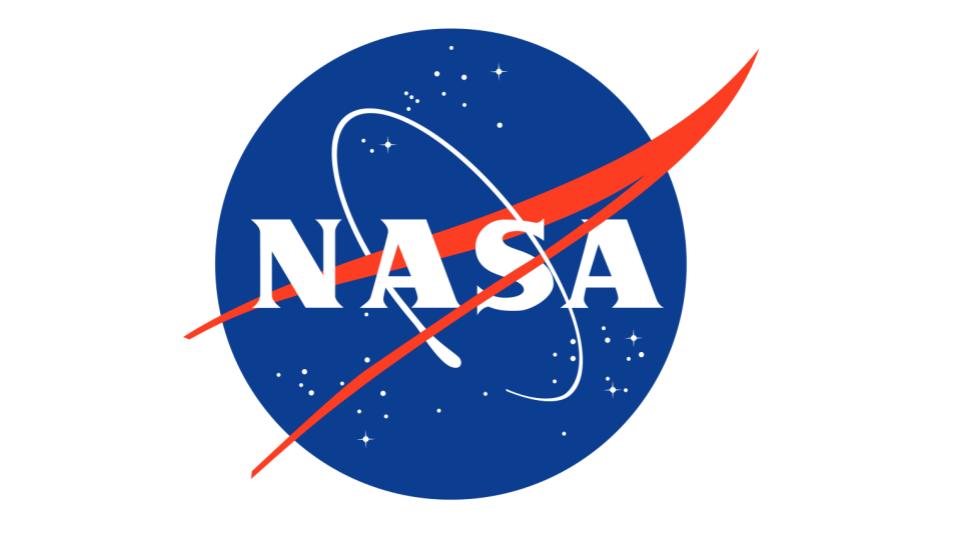
If you guessed that James Webb Space Telescope encountered another delay, you’re correct!
The United States Government Accountability Office released its annual report on JWST yesterday. The big take-away: JWST most likely not going to launch in March 2021. The report basically says “look, stuff is broken, stuff will break, that takes labor to fix, labor costs drive project costs up.”
There were two new specific technical problems in this report, and they were two separate components of the communications systems. Both the Traveling Wave Tube Amplifier and the command and telemetry processor experienced a power-related anomaly at the same time during testing in March-April 2019. NASA does not believe that the two problems are related and treated them as separate issues.
A Traveling Wave Tube Amplifier (TWTA), is basically a vacuum tube that can produce radio waves across a wide band of frequencies and are components on most comsats. Our resident comsat expert Dave Ballard says that the TWTAs do contain a number of small and sensitive parts, but apparently aren’t very complicated. Most failures are usually the result of power issues or degradation due to age.
The processor anomaly has an unknown cause, but electrical faults were found in a couple of circuit cards. As far as repairs go, the TWTA was replaced and an upgraded processor has been tested and will be the replacement if necessary.
Other known issues that might cause further delays include: deficient bolts, a broken momentum flap, faulty actuator, and potentially weak sunshield membrane retention devices.
There are 501 deficient bolts installed on JWST that don’t meet strength specifications. Testing is being performed to figure out which of these bolts needs to be replaced. These bolts are found to be deficient on *another* Northrop Grumman project, which is probably what triggered the review of the already-installed bolts.
One hundred and eighty actuators are used to deploy the sunshield, which is a thin membrane to help keep the observatory cool. A failure of just ONE of those actuators prevents the whole sunshield from opening. If it doesn’t deploy, JWST is dead in the water. The actuators have redundancies to prevent that from happening. On a test of sunshield deployment, a single actuator was fired by one mechanism instead of two. That’s not how it’s supposed to work and I’m sure there will be an investigation and testing on what went wrong.
In the end, the GAO essentially encouraged integration and testing to occur sooner rather than later, because that’s typically when problems are found in projects of this type and scale. And in order to get any sense of when JWST is going to be launched, the project team needs to know what’s still wrong.
You can read the report at:
James Webb Space Telescope: Technical Challenges Have Caused Schedule Strain and May Increase Costs (GAO) https://www.gao.gov/products/GAO-20-224




 Join the Crew!
Join the Crew!
 Escape Velocity Space News
Escape Velocity Space News
0 Comments